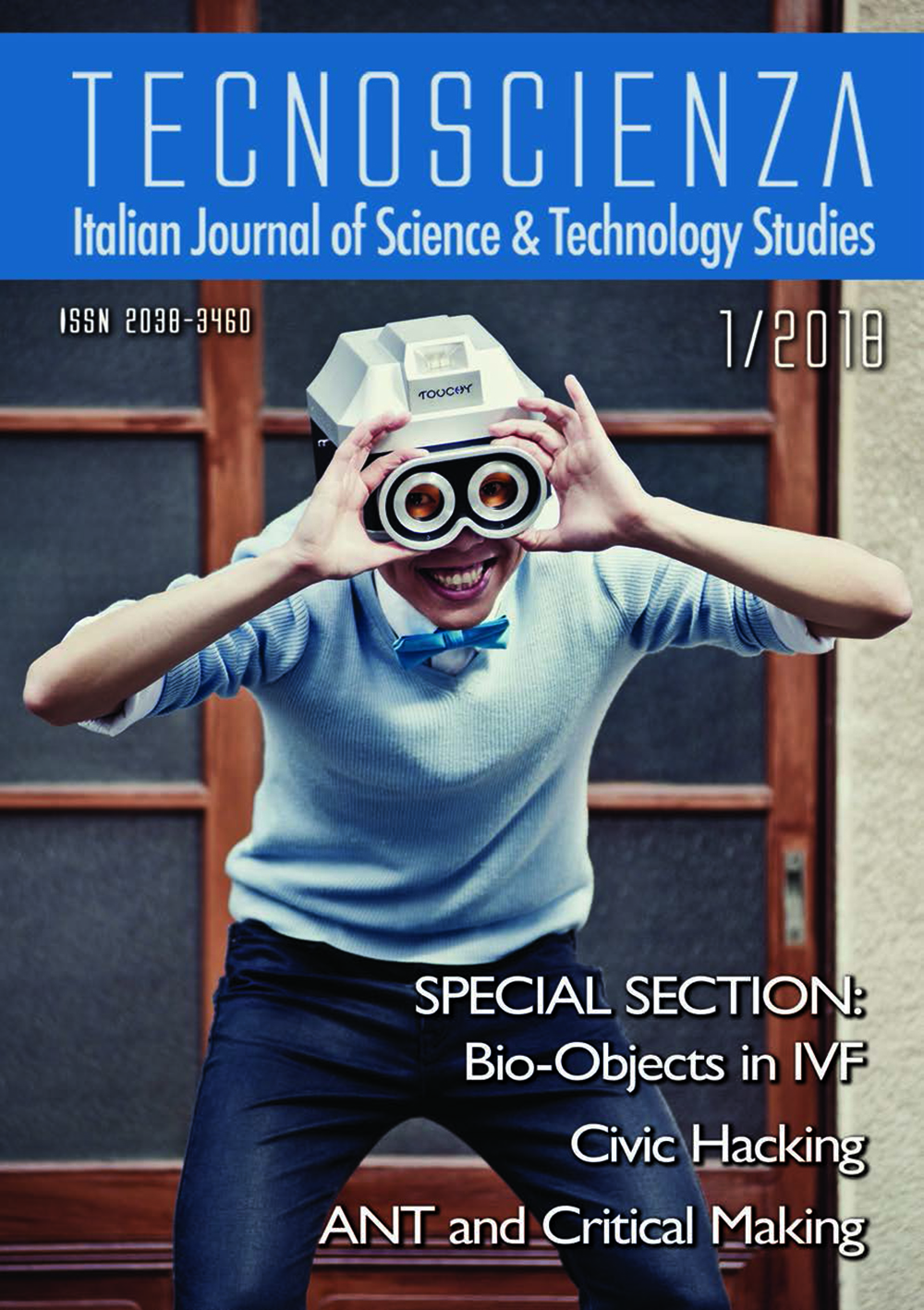Transformations in the Public Perception of Sperm Donation in China. An Analysis of Media Debate in Chinese Newspapers in the 2010’s
DOI:
https://doi.org/10.6092/issn.2038-3460/17396Keywords:
sperm donation, gametes, China, media analysis, assisted reproductive technologiesAbstract
Despite a long history of assisted reproductive technologies including the use of IVF and artificial insemination, sperm donation has always been a difficult topic in China due to a number of political and sociocultural factors. The article will look at the cultural biases against sperm donation, that in the past have led to a severe shortage of sperm donors across the country’s provincial sperm banks. It will also look at the political and regulatory context of sperm donation, and it will explore new developments more recently that have transformed the perception of sperm donation and the attitudes among Chinese men to become sperm donors. In particular, it will look at the media controversy about sperm donation that followed the death of a sperm donor in Wuhan city in 2011, which served as an important catalyst to initiate wider public debate about sperm donation in the media. As the Chinese government is actively seeking to encourage more men to become sperm donors, and media organizations have taken a more active role in collecting, disseminating and transmitting information, this has changed the perception on sperm donation, at least to some degree. Today, there is a more knowledgeable and better informed (male) public, in particular among university students, who is more willing to become sperm donors than it was the case only five years ago. However, as much as this has changed, the end of China’s one-child policy in 2016 has put new pressures on an already strained system of supply and demand of donor sperm in the context of assisted reproductive technologies, as today even more couples are seeking to fulfill their reproductive wishes to also have a second child.





